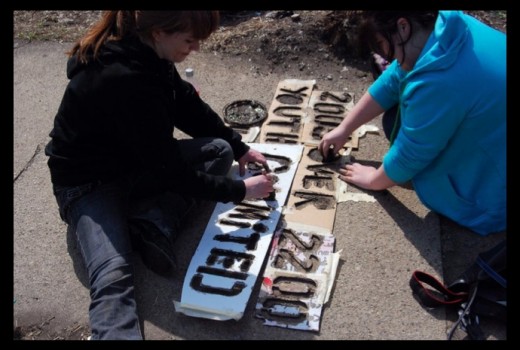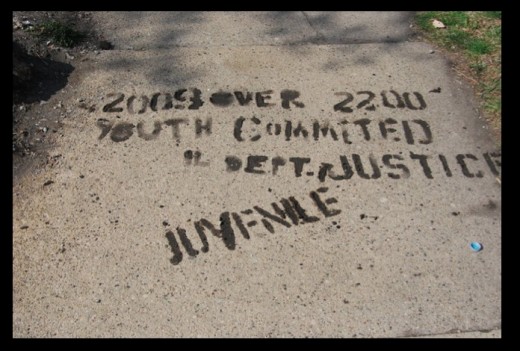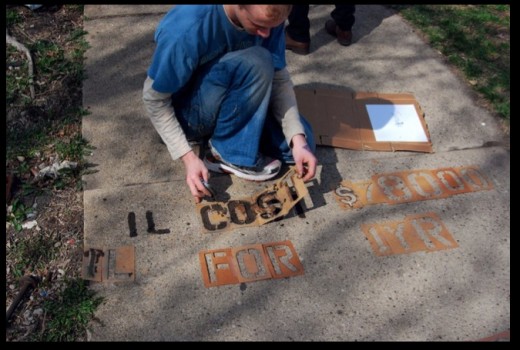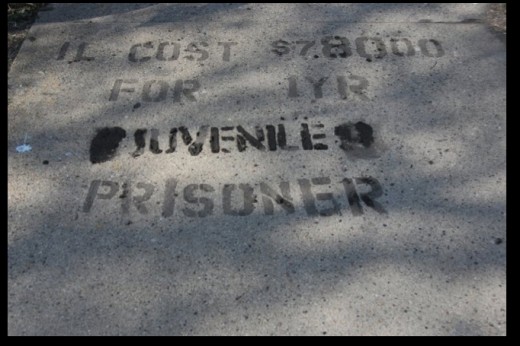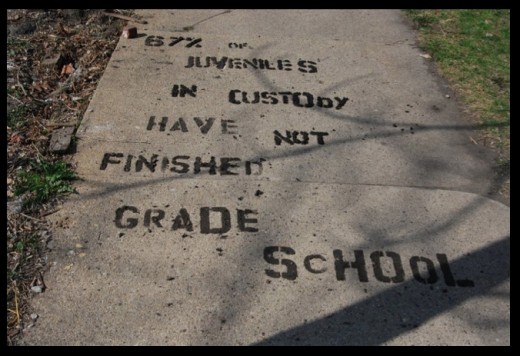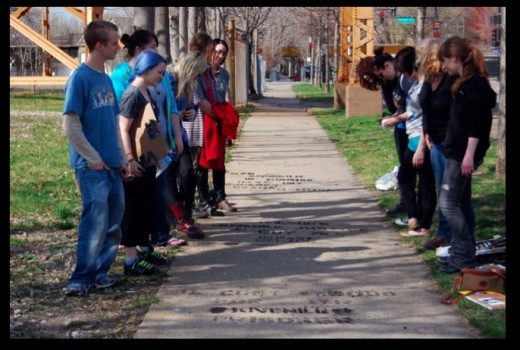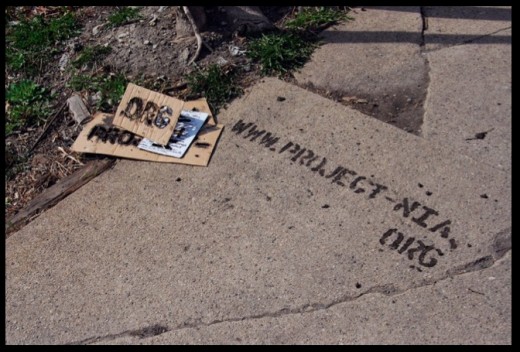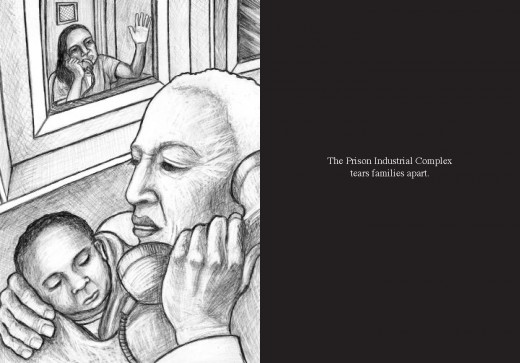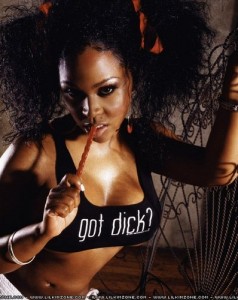I Wish that the Washington Post Wrote Better Editorials about Prison Reform
The Washington Post published an editorial yesterday about alternatives to incarceration. As someone who wants to see prisons abolished, one would think that I would be happy that a mainstream newspaper like the Post is taking on the issue of the high cost of prisons and advocating for alternatives to incarceration. Instead I find the knot in the pit of my stomach just growing larger.
There has been much written in the last few months about the fact that conservative and liberal groups are finding common ground around the need to decrease our prison spending. I have listened to and read much of the commentary and have not offered any of my own thoughts to date. My silence on this matter has to do with two things. First, I am deeply uneasy about the framing of the issue of alternatives to incarceration. Second, I worry that a heavy emphasis on the budgetary costs of imprisonment misses an opportunity to educate the public about the moral and humanist reasons for why prisons need to be abolished. Specifically I worry that without making a strong moral argument for abolishing prisons, we will continue to lock up millions of people in the U.S. Once budgets are no longer constrained, what would prevent policymakers from going right back to imprisoning large numbers of people? The financial argument for closing prisons is therefore limited in its potential for fundamental transformation of the carceral state.
Below is an example of what I see as the Post’s problematic framing of this issue:
THE NAACP and Americans for Tax Reform (ATF) agree on very little. But Benjamin Jealous, president of the liberal civil rights group, recently found himself linking arms with ATF’s conservative president, Grover Norquist. The cause: prison reform.
The two view the subject through different lenses: The NAACP is primarily concerned with social injustices associated with the high rate of incarceration and the disproportionate impact on minority communities; Mr. Norquist focuses on the mounting costs to taxpayers of operating ineffectual prison systems. But both agree that millions of dollars are wasted each year on flawed policies that may not provide the best or most cost-effective means to protect society.
The editorial board makes the case that both the NAACP and Norquist come to a similar conclusion even though they offer different arguments for cutting prison costs. I think that it matters what types of arguments we use to advocate closing prisons. I think that without a focus on oppression, we cannot address the root causes of incarceration. We cannot really understand the rise of the carceral state. As such, we will only be tinkering around the edges of dismantling the prison industrial complex. This point is belied by these closing words from the Post’s editorial:
Individuals must be held accountable for breaking the law, and in many cases, especially those involving violent offenses, imprisonment is the best way to protect public safety. Record incarceration rates have helped get crime to historically low rates. But the levels of incarceration are financially unsustainable and in many instances counterproductive. While money should not drive policy in this area, the country would be foolish to forgo opportunities for sensible reforms that also ease the pressure on public coffers.
The editorial board actually makes the argument that mass incarceration has been correlated to low crime rates. This is not true. There is actually a lot of empirical evidence that contradicts this assertion. The Post adopts the view that incarceration is actually inherently beneficial to society. Their point is not to question the fundamental injustice of prisons but rather to advocate for spending less money on incarcerating people. I think that this is very problematic and ultimately serves to maintain the status quo.
